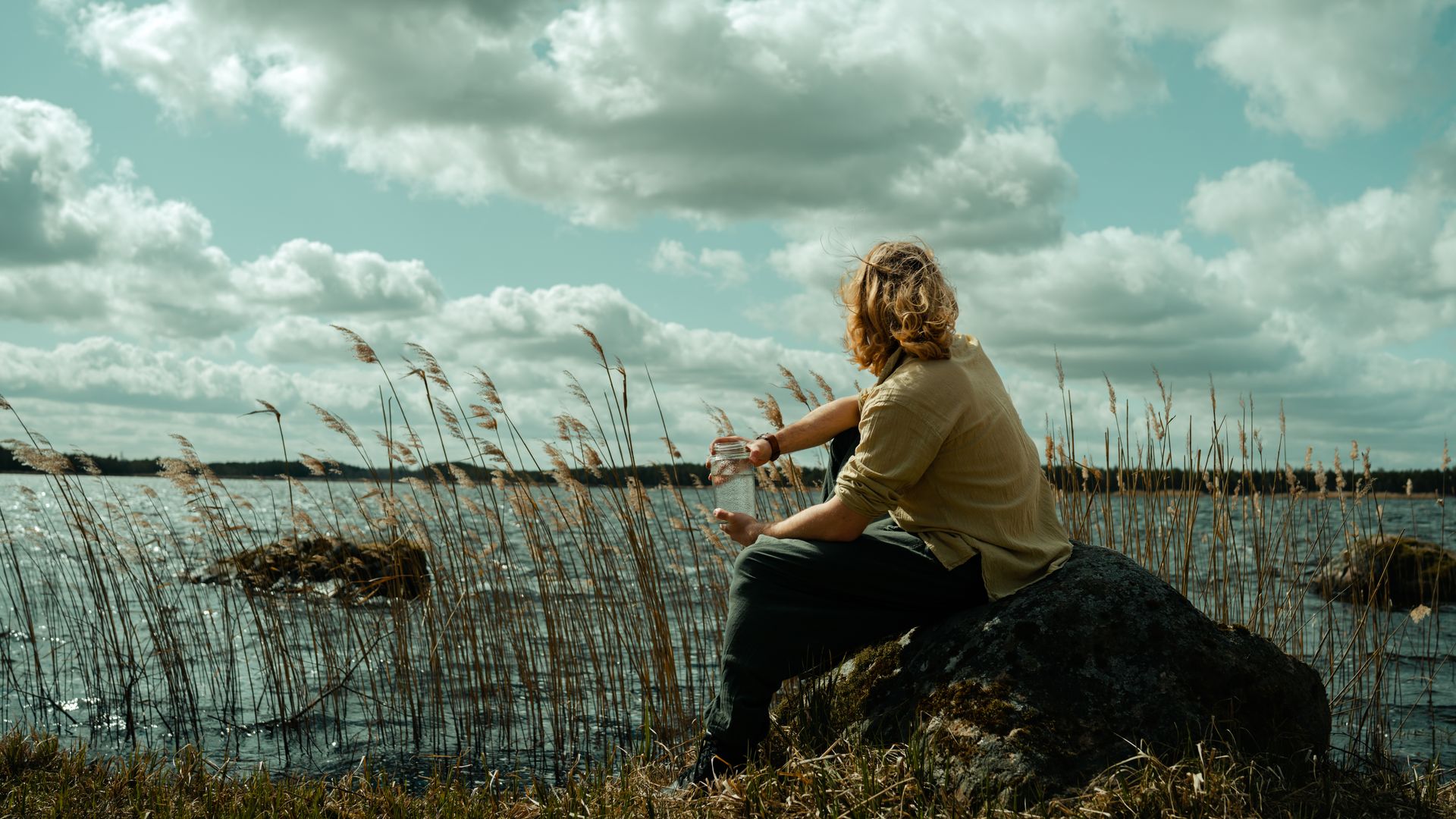
3 days for nature & wildlife watching
Example programme for travel professionals
A walk on Estonia's wild side
Bears, lynx, wolves and more — take a closer look at the mammals that call Estonia home. Discover where to see them and when to go wildlife spotting.
Stretch your limbs on Estonia's extensive hiking trails and breathe some of the world's cleanest air.
But keep your eyes peeled — Estonia is a top destination for spotting wildlife that is difficult or even impossible to see in many other European countries.
Estonia is one of Europe's least densely populated countries; over fifty percent of the landscape is covered in forest. There is room for lynx, brown bears, moose, and the national animal, the grey wolf, to thrive. From Estonia's nearly 3,800 kilometers of coastline, you might spot grey and ringed seals or rare seabirds.
Need help planning nature tours? Our partner Estonian Nature Tourism Association is here to help you.

Photo author: Hans Markus Antson
Day 1: City, Coast & Culture
Breakfast at your hotel in Tallinn
Morning Tallinn’s Bird Paradise Walk
Part of the Paljassaare bird area is included in the Natura 2000 network. You can visit birdwatching towers and the sandy Pikakari beach. Stunning views of Tallinn’s city skyline unfold from Paljassaare.
Picnic by the seaside
Afternoon Seal Watching Boat Tour & Aegna Island visit.
Seal watching in Estonia is undoubtedly a memorable nature experience! During the trip, you will learn more about the small islands along the way and the life of seals in the Baltic Sea.
Aegna Island is located in the Gulf of Tallinn and is special for its untouched nature, mysterious military installations, and silence. Located only 1.5 kilometers from the mainland, it is a suitable destination for novice kayakers and an evening paddle.
Evening & Accommodation – Dinner, Sauna evening and sea swimming at Aegna Island guesthouse or glamping site
Aegna also has a long military history. When World War I began, all the island's inhabitants were evacuated, and it became a military base. The railway was rebuilt for military purposes. Ship traffic to the island was restored in 1961, but only for those with special permits. It wasn't until 1991 that the island was opened to visitors. Like Naissaar, Aegna is now entirely under nature preservation.
What to see: You can also organize a guided tour of Aegna's main sites.

Photo author: Rivo Veber
Day 2: Kõrvemaa & Alutaguse – Wild Forests, wildlife & Local Life
Breakfast at Aegna
Depart Aegna Island (15 min by boat)
A bite of Wild Swimming & Nature Tour (Jägala Waterfall, Lahemaa coast, bog walk, Kõrvemaa)
Reconnect with nature on this unique wild swimming and nature retreat that combines the best of Estonia’s untouched landscapes and cultural heritage. Visit Jägala waterfall, the widest natural waterfall in Estonia. Continue exploring Lahemaa National park, located on the southern shore of the Gulf of Finland and covers Estonia's northernmost capes and islands. In the space of 725 km2, you’ll find lush native forests, wetlands stretching to the horizon, and both rocky and sandy beaches.
Lunch at Uuejärve Farm in Kõrvemaa: forest-to-table meal by Forest Restaurant & afterwards Small Lapland Husky Park, where cute, strong sled dogs (both Malamutes and Huskies) are waiting for you.
Overnight Bear Watching & Photography Experience
The Alutaguse region and Alutaguse National Park are one of the few places in Europe where primeval forests and bogs provide a refuge for brown bears.

Photo author: Remo Savisaar
Day 3: Alutaguse, Flying Squirrel Encounter & Bogshoe hike
Breakfast
Morning bogshoe hike in Alutaguse National Park
Estonia’s newest national park contrasts with its surroundings—wild nature alternates with villages, ancient burial sites, and former mining areas. This national park is remarkable for its native forests and deep marshes, reminiscent of the taiga.
Flying Squirrel (Pteromys volans (L.)) is a rare species, with a living range from the Baltic Sea in the west to the Pacific coast in the east. In Estonia, they live only in the northeastern part of the country and due to its nocturnal lifestyle, only a handful of people have seen it. On this tour, you have the unique possibility to learn about this magnificent animal from our expert/guide.
Lunch at Vergi habour, next to the sea Wirkes Restaurant & Hotel
Return to Tallinn
Extended days in capital city or departure

Photo author: Hans Markus Antson
Last updated
24.10.2025